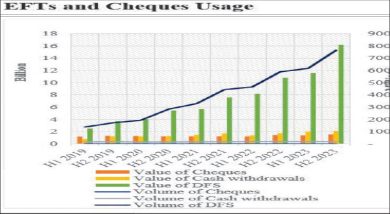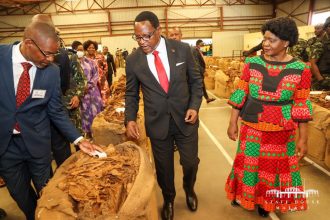Rising maize prices send shockwaves
Local maize prices continue to rise, with prices averaging K191 per kilogramme (kg), published figures from the International Food Policy Research Institute (Ifpri) show.
The rising prices, according to Consumers Association of Malawi (Cama, are threatening consumers’ incomes, given the significance of maize in the country.

In its January 2022 Malawi Monthly Maize Market Report, Ifpri indicated that prices in January were 26 percent higher than in December 2021.
According to Ifpri, from the first week of January 2022, prices sharply increased until the second week where retail prices slightly declined and continued with a mixed trend.
Reads the report in part: “Within the month, maize retail prices varied widely starting from as low as K100 per kilogramme [kg] in Mzimba and as high as K250/kg in Bangula. In 20 out of 26 markets monitored by Ifpri, a maximum of equal to or greater than K200/kg was reported. All markets that were monitored registered a price increase.
“As January is a lean season, stocks get depleted, putting pressure on prices to go up. But prices are likely to continue rising in 2022 because of late rains, poor access to fertiliser, and the floods in the South.”
Cama executive director John Kapito observed that the rising maize prices though deemed temporal points to continued challenging times for consumers.
“We noted that maize prices have continued to rise but we are optimistic prices will go down as we approach the harvest season. Any rise in maize prices comes as a blow because this ultimately pushes up prices of everything. We are thus hopeful for constant prices as we go into the harvest season, otherwise, we are in trouble,” he said.
Maize, as part of the food component, impacts the country’s economy given that it constitutes 45.2 percent of the CPI, which is an aggregate basket of goods and services for computing inflation.
Meanwhile, Malawi’s annual inflation rate has been rising lately owing to rising food and non-food inflation in the country.
According to National Statistical Office (NSO) figures, Malawi’s year-on-year headline inflation rate for December rose to 9.3 percent, marginally higher than the projection of 9.1 percent by the Reserve Bank of Malawi (RBM).
During the first Monetary Policy Committee meeting earlier this month, RBM Governor Wilson Banda highlighted that although inflation pressures are mounting, the sources were considered transitory and likely to dissipate after the lean period. RBM is, however this year projecting a 10.4 percent inflation target, up from 8.9 percent.





